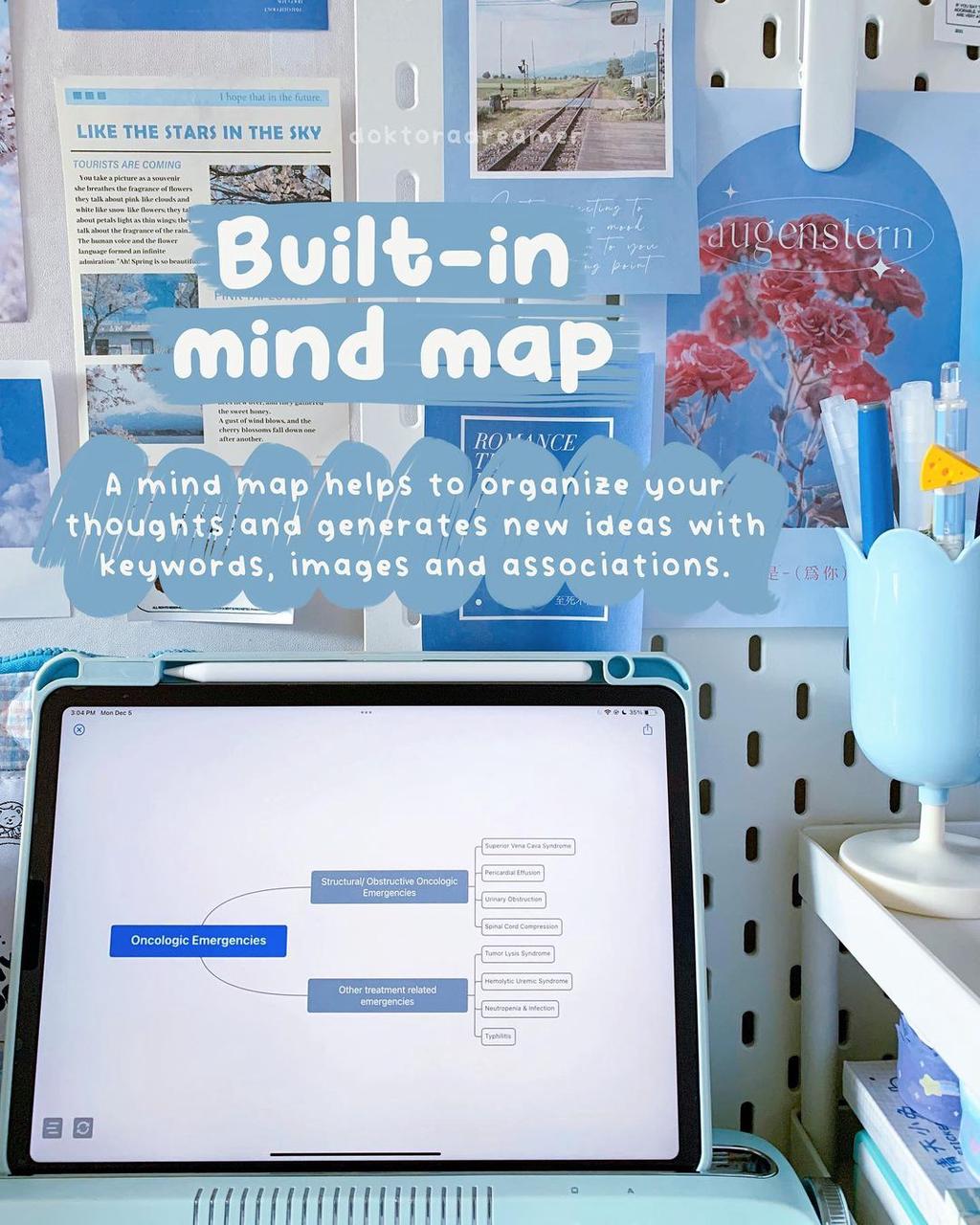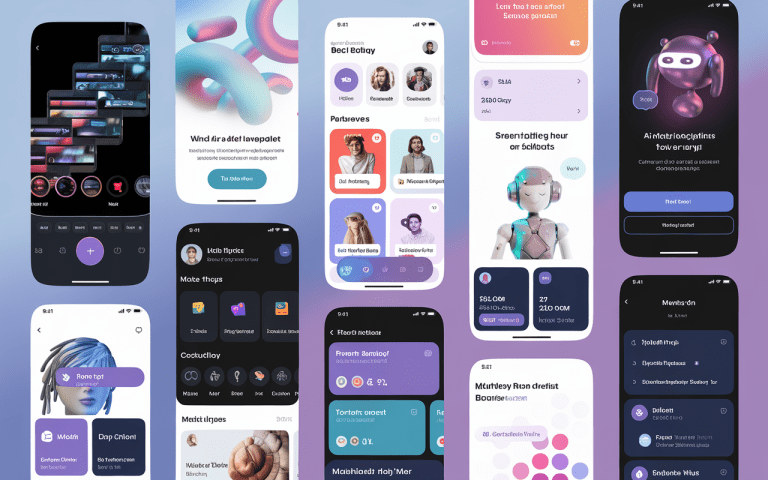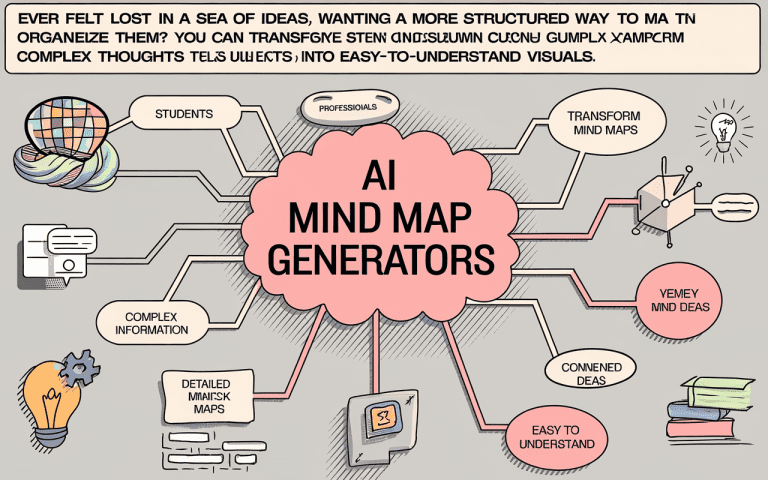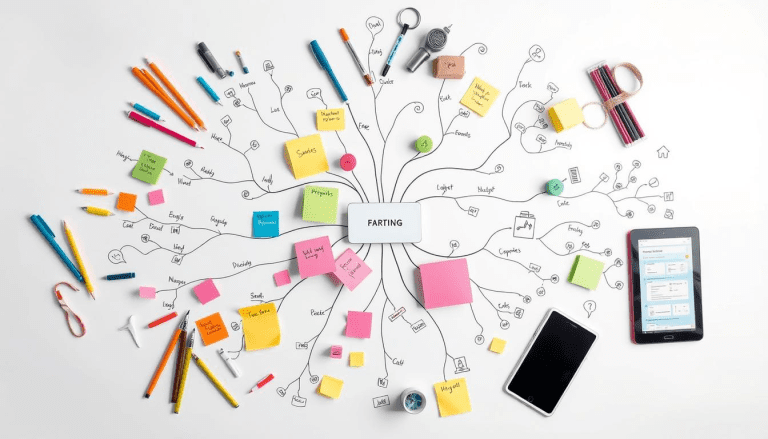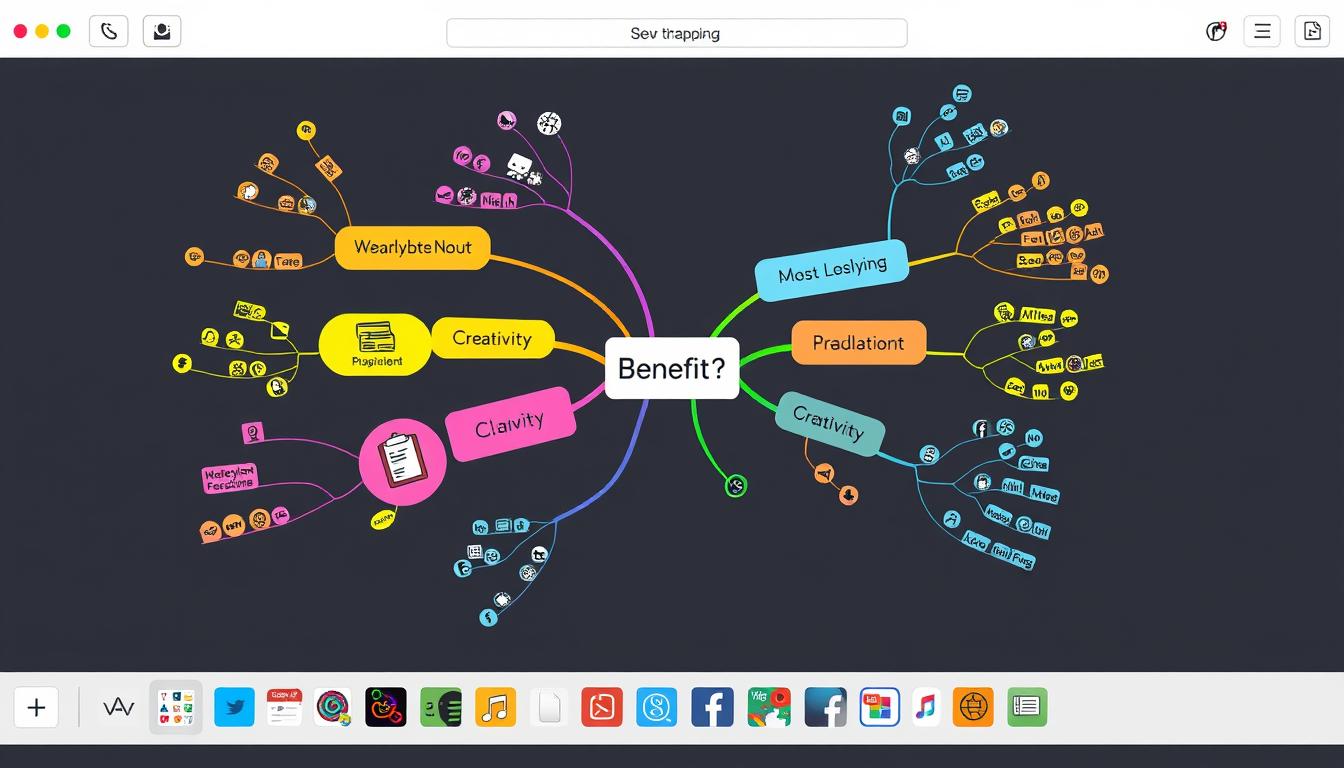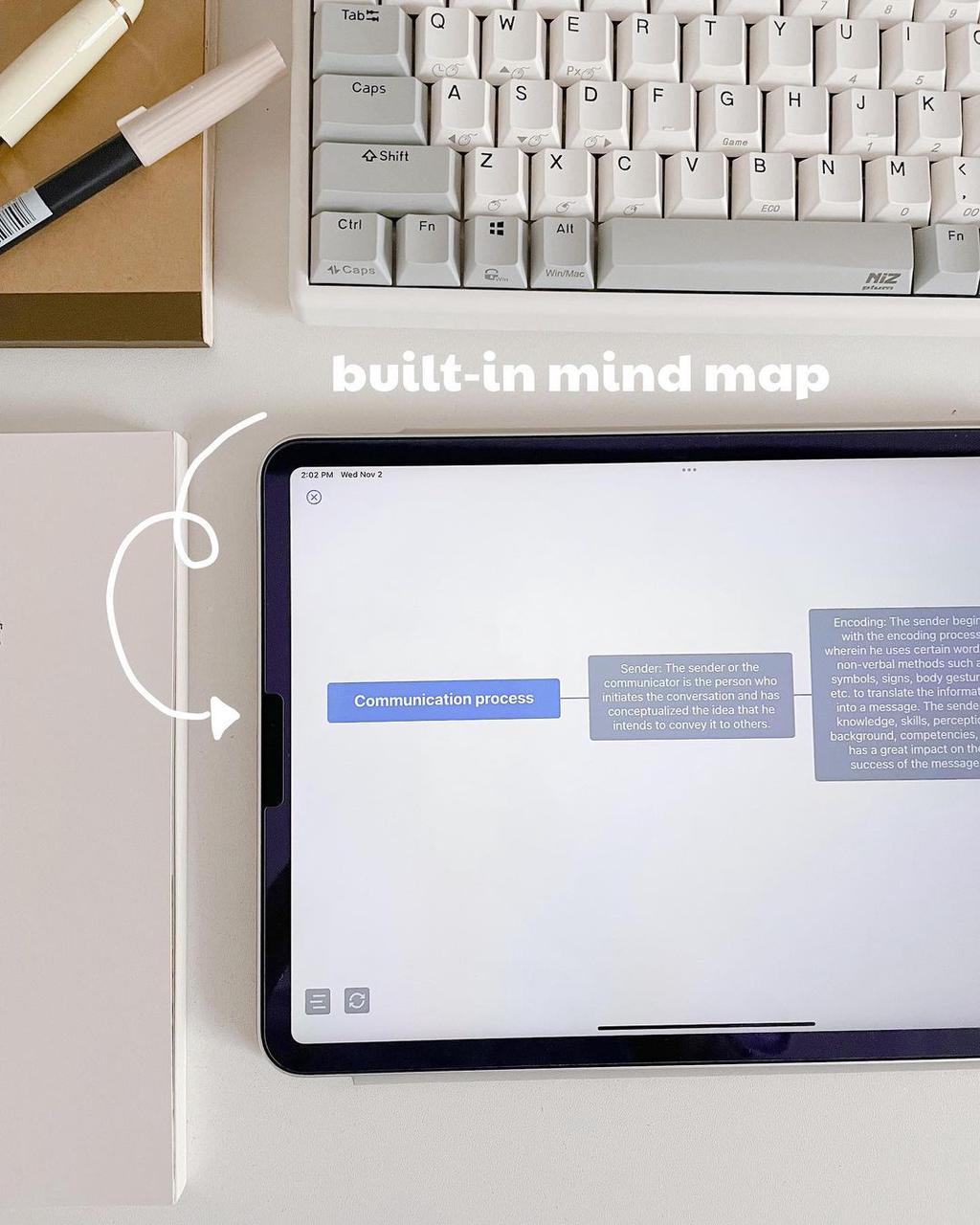Mind Map Your Way to Fight Back Information Overload
Back in 1900, your great-great-grandma didn’t even know what television is. However, “In 2011, Americans took in five times as much information every day as they did in 1986″.
Does that mean you also need to spend the same amount of additional time for that extra information?
Not necessarily, but you can’t help it. Why’s that?

I’m sure many of you can relate to this:
While reading this blog, high chances are that your phone is buzzing with new message notification alerts.
Fear of missing out, you’d think it’s better to reply now.
Then you happen to see new tweets popping up. Can’t miss that, can you?
Ah…better check the mailbox now in case of something important.
Wait…what was I doing?

Research shows that it takes 25 minutes on average for a typical office worker to return to the original task after an interruption. Pretty bad news, huh?
Want some good news? There is a simple solution: get less but useful information.
How?
With mind maps! It helps to filter and manage information effectively and efficiently.
Why you should use mind maps to fight information overload?
The Library of Congress, the world’s largest library, now has over 170 million items. How are you supposed to find a needle among such immense haystacks?
Simply with your brain? Impossible.
With a system, in a minute.

It’s not hard to notice that books are usually classified by genre, author name, publisher, etc., to help librarians and visitors manage and find what they need quickly and effectively.
If it’s possible to manage the 170 million books at ease with a system, so can you manage your knowledge with a mind mapping system.
A mind map clarifies your mind
Rather than keeping all the information in your brain unorganized, you can use a mind map instead to get your ideas into shape.
Take Japan’s waste disposal system as an example:
By 2020, Kamikatsu, a small town in Japan is going fully zero waste. The residents separate waste into 45 categories before recycling.
Normally, if there isn’t any system for waste disposal, all wastes will be left unprocessed in the landfills or sent to incineration.

But, if you manage your waste, this is what you’ll get.

After classification, wastes will be processed and recycled properly to minimize pollution.
Likewise, unorganized information in your head only does more harm than good. Even if it can be massive in quantity, it can be easily forgotten later.
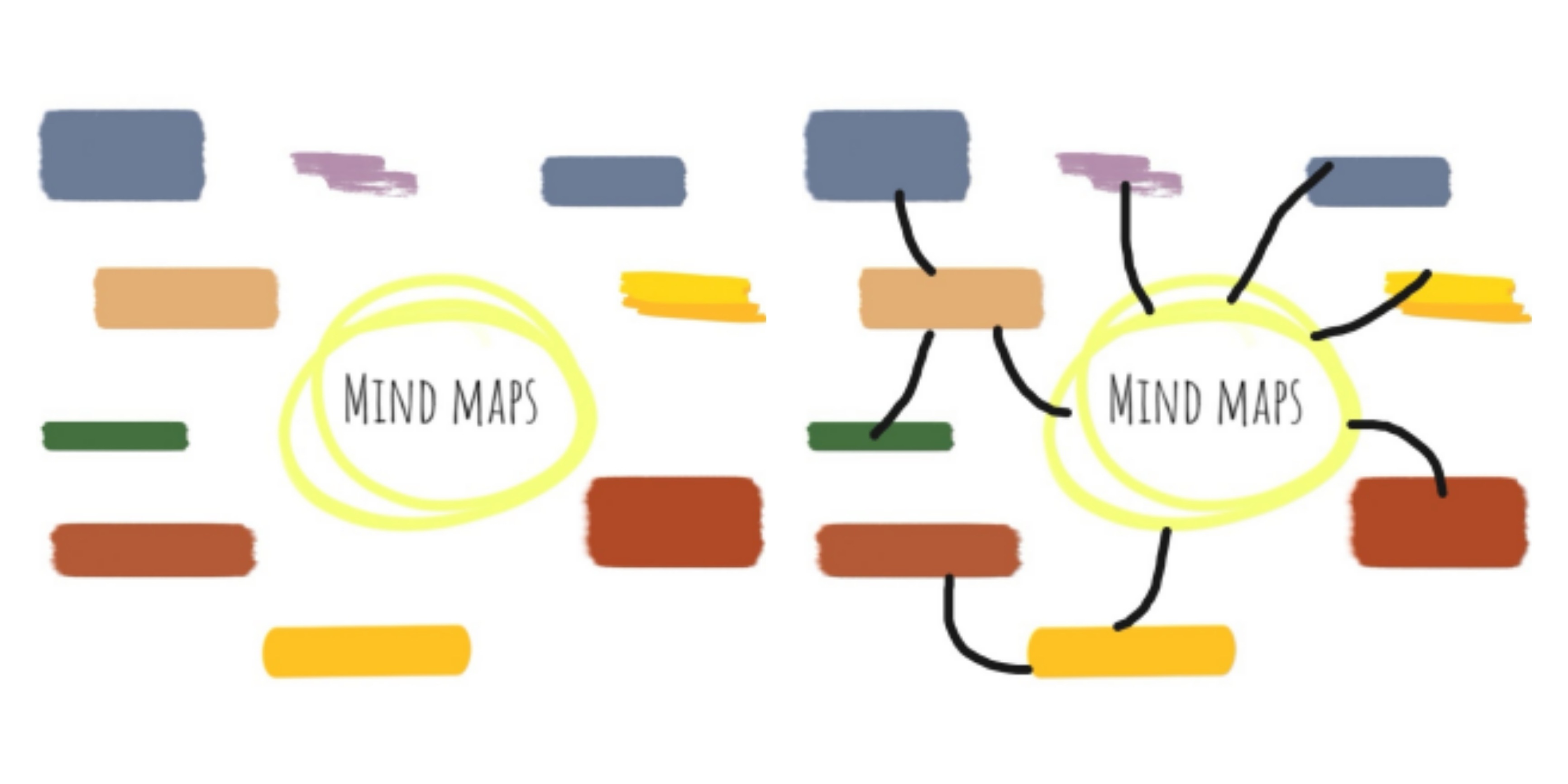
With mind maps, however, not only can you store as much information as you can, but more importantly, you can clarify your thoughts and even retrieve more later.
A mind map assists your memory
Say, now you’re asked to list all the fruits you know by heart.
Sounds pretty easy, right?
“Apple, banana, orange, watermelon, mango…”
But at a certain point, you’ll find it hard to continue.
How about sharing your special way of cooking pasta?
I’m sure no matter how complex the way you cook it, you can always recall each step without difficulty.
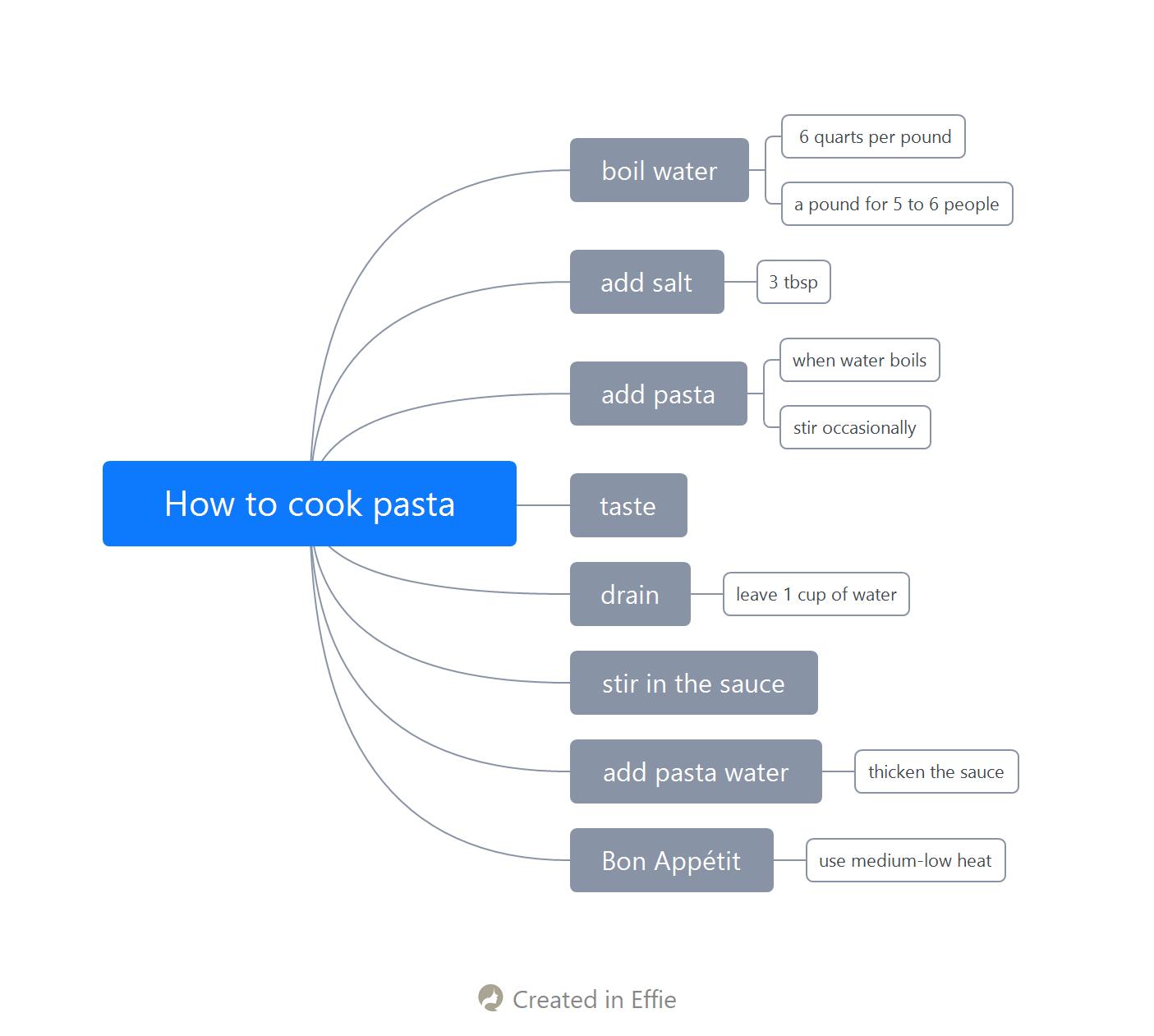
What makes the difference then? Associations.
A mind map assists your brain by connecting keywords with associations rather than leaving them scattered around like a sheet of loose sand (see also: How to Assist Your Memory with Mind Maps?).
In this way, you get to retrieve the information easily. That’s why you’re better at recalling your cooking process.
So how exactly can you use a mind map to beat back the wave of overloaded information?
Without further ado, let’s get started.
How to use a mind map to overcome information overload?
In many crime shows, the police are inclined to use some sort of mind maps as an efficient tool to solve crimes.

The reason is quite simple. A mind map provides straightforward and effective information with associations under a logical framework.
You can also use mind maps in this way. Here are 3 steps you can follow to make the best use of a mind map to conquer information overload.
Step 1: Filter information
A good photographer always knows precisely which filter to use to improve the quality of images and achieve distinctive effects.

Likewise, you also need a filter to extract the most valuable content for you. A mind map is your customized filter to keep useful information while dumping irrelevant ones.
When you google Mind Map, you’ll get this definition on Wikipedia:

Too many words to read and digest, right?
Let’s make some trims then.

I bet you prefer reading this one. Why?
Because when you filter your information, you’re dumping unnecessary information and keeping what’s essential.
On one hand, you’ll focus more on the key points. On the other hand, you’re saving room for even more useful information to come.
Step 2: Place information under a logical framework
Let’s just say, now you manage to leave all the useful information after you do a brain dump.
This is what the information will look like inside your brain without a mind map…

Obviously, you’ve gathered quite a lot of information on the garbage disposal system in Shinjuku, Japan.
But the truth is, after 15 minutes, you’ll forget most of the information. After a week, there will be nothing left.
But if you establish a framework, you’ll be able to remember most of the information even a week later.
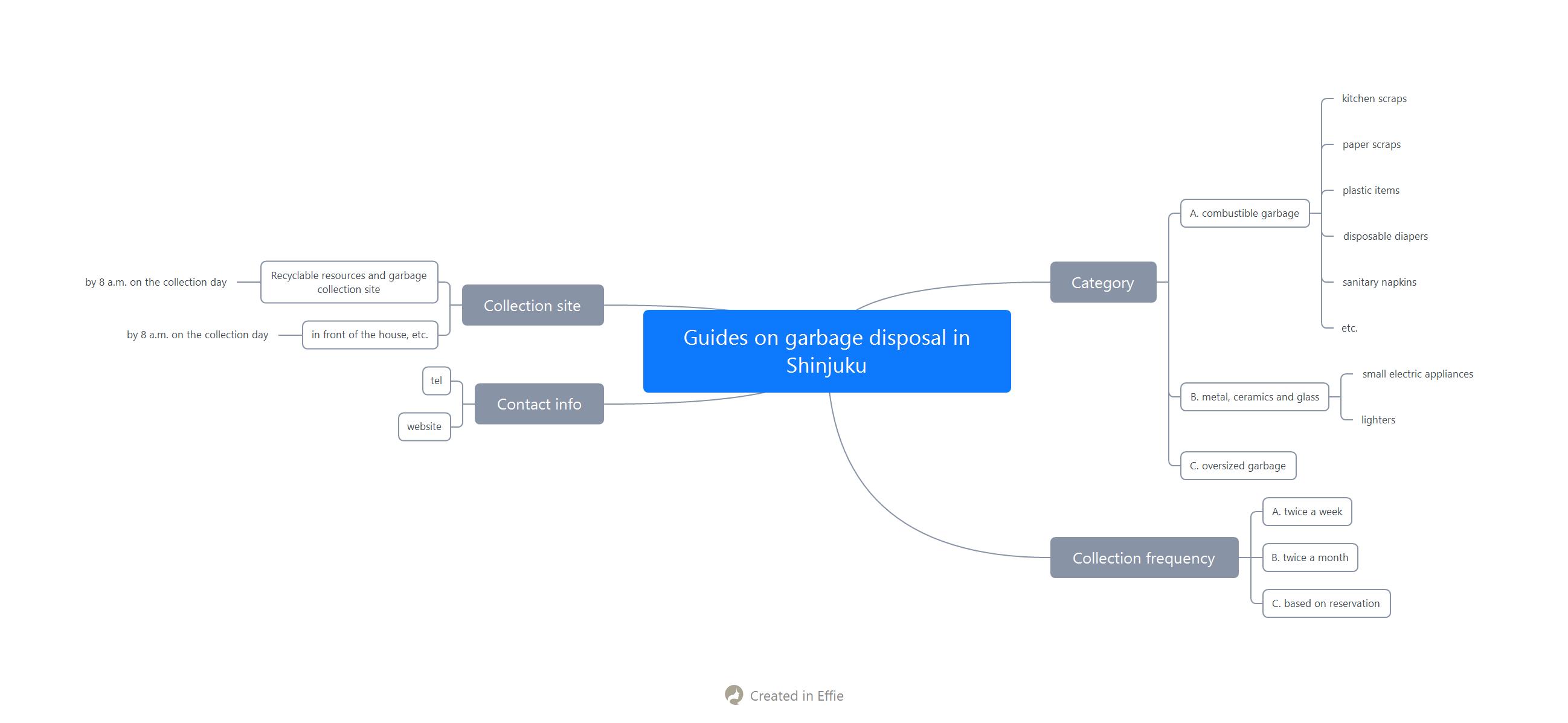
Study shows that the more conscious effort you’ve made to memorize information, the easier you’ll retrieve that part of information later, and vice versa.
Therefore, when you consciously work on the logic behind the information, you’ll find it easier to remember next time.
Step 3: Make distant associations
Once you find the logic, you can then try connecting this information based on your logic, or even making distant associations.
Many times, we tend to think linearly…

That’s why we can’t think of a new way out. Just like the definition of the mind map.
With mind maps, however, you’ll think radiantly.
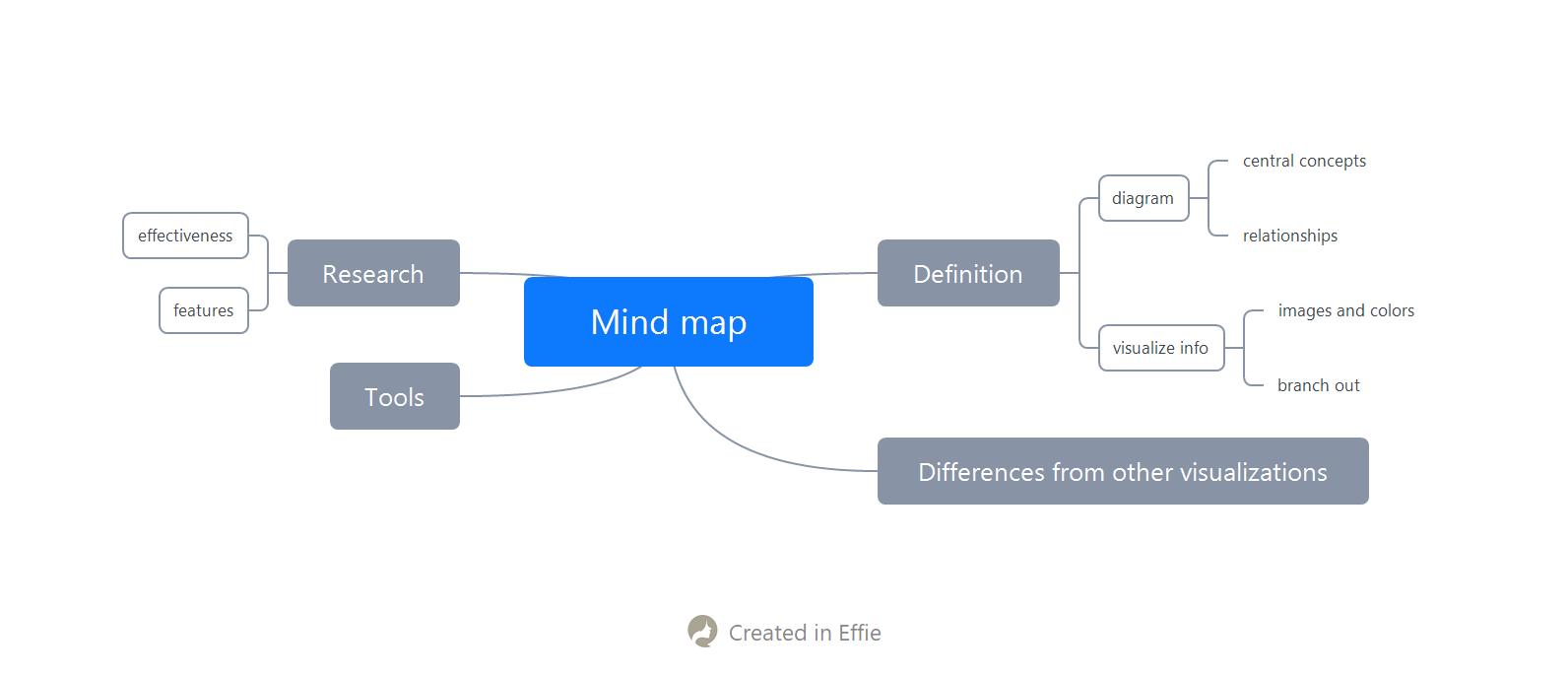
Therefore, you can create connections in a way where you normally wouldn’t think of, hence, more likely to come up with new solutions.
However, you can get distracted too often if you draw mind maps on paper as you can’t avoid changes from time to time. So why not try software?
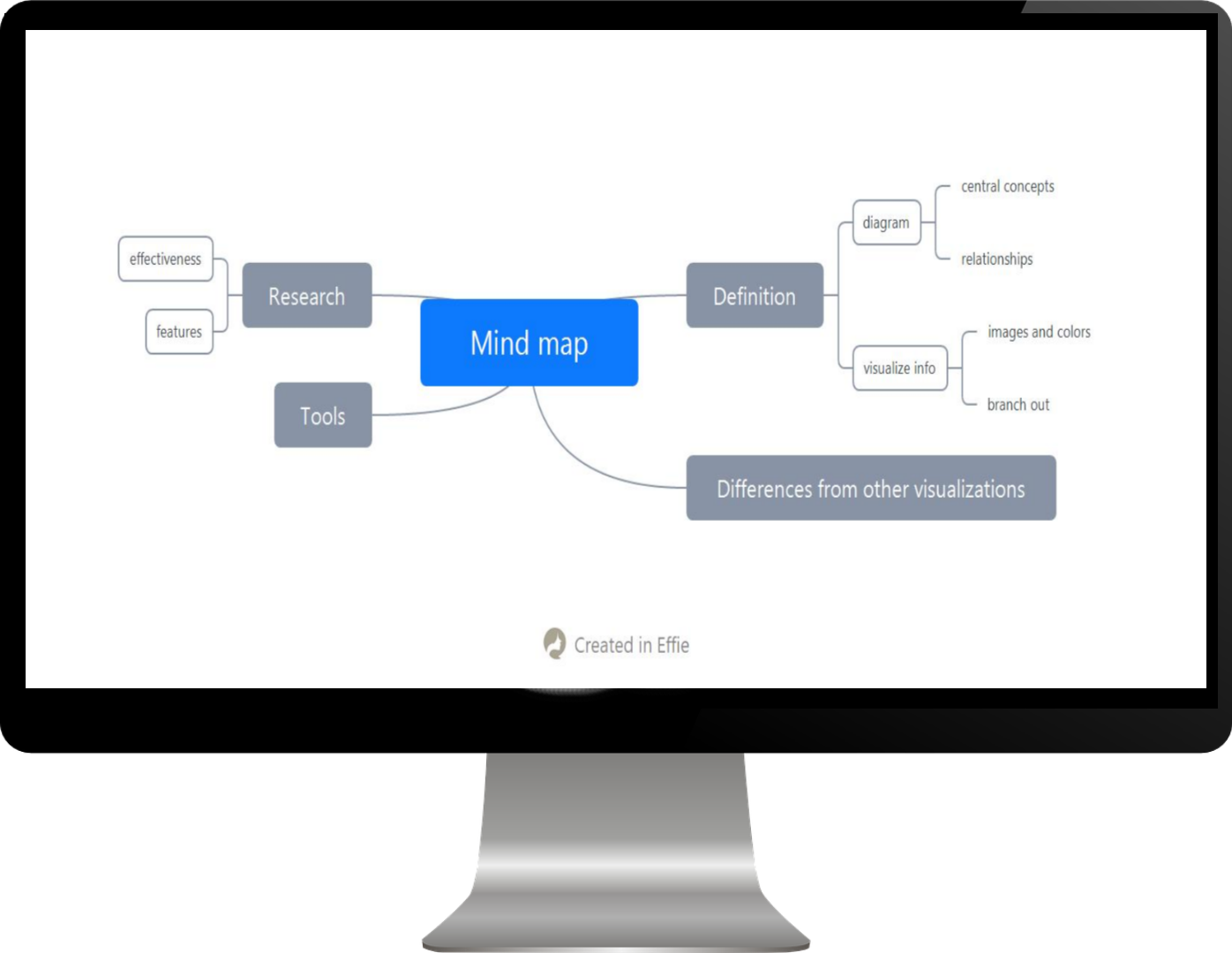
Effie is a writing software that provides distinctive mind mapping modes to help you organize thoughts in a way you like. You can branch out from a central topic, cut off irrelevant information, and complement your mind map in Effie whenever and wherever.
Therefore, even challenged by information overload every day, you can still make good choices on whether to keep or dump information, and eventually get a more comprehensive image of what you’ve learned.
Better get moving now. Click here and start creating your first mind map with Effie. Happy mind mapping!


